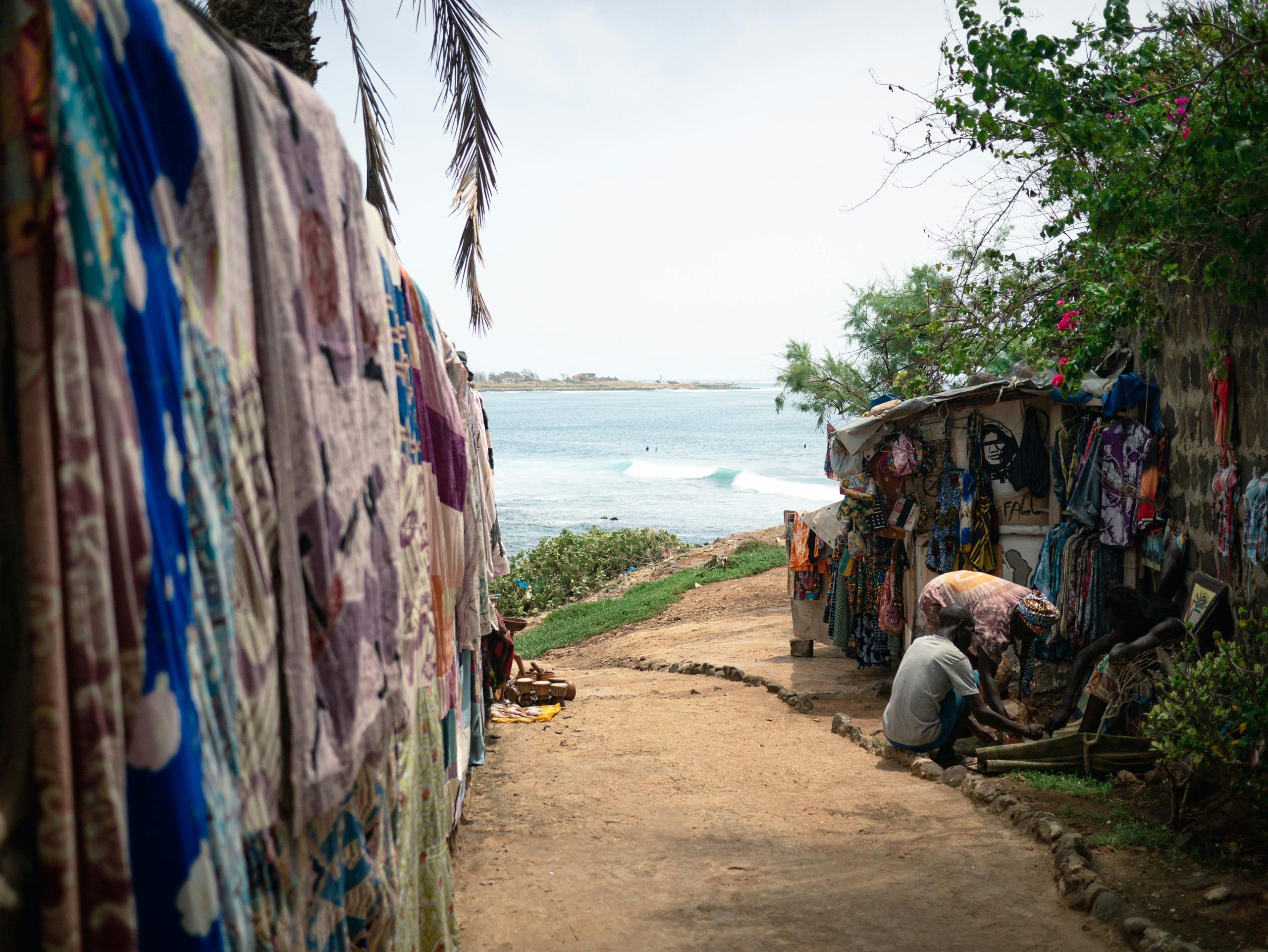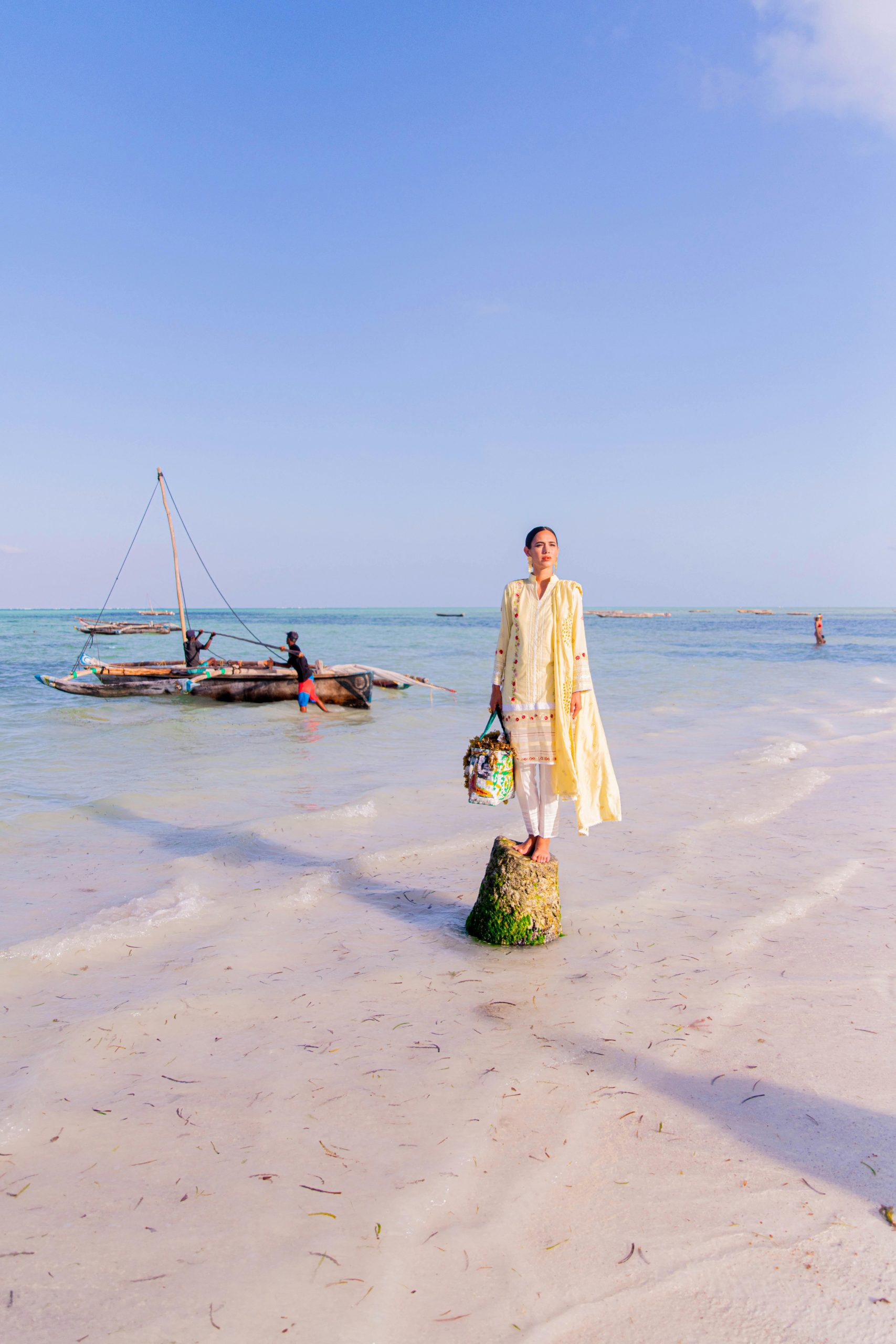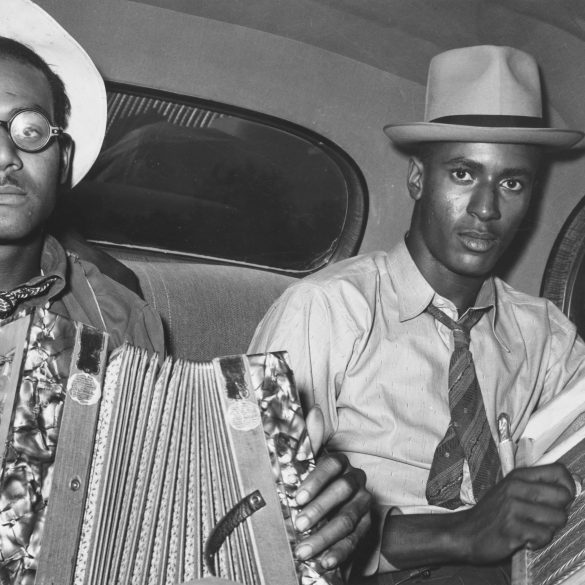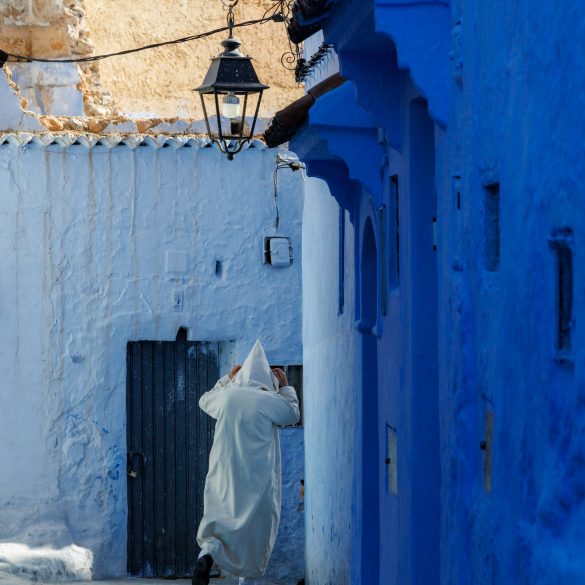Ultimate Wli Waterfalls Guide: Hidden Volta Region Ghana Travel
Standing at the base of Ghana’s tallest waterfall, watching 80 meters of pristine water cascade down ancient rock formations, I felt completely humbled by nature’s raw power. Wli Waterfalls—pronounced “Vlee”—represents something genuinely special in West Africa’s tourism landscape, yet remains refreshingly untouched by mass tourism.
Located in Ghana’s Volta Region, these spectacular falls have become my go-to recommendation for travelers seeking authentic African adventure without the crowds. What strikes me most about Wli isn’t just its impressive height, but how the entire experience connects you with Ghana’s incredible biodiversity and warm community spirit.
Ghana Quick Facts
Official Language: English (with over 80 local languages spoken)
Currency: Ghanaian Cedi (GHS)
Best Time to Visit Wli: November to March (dry season)
Time Zone: GMT (Greenwich Mean Time)
Visa Requirements: Most visitors need visa (some nationalities eligible for visa on arrival)
Discovering Wli Waterfalls: West Africa’s Hidden Gem
The journey to Wli Waterfalls begins long before you hear the thundering water. Honestly, I wasn’t prepared for how the entire experience would unfold—from the moment you enter the Agumatsa Wildlife Sanctuary to that first glimpse of the upper falls.
Wli consists of two main waterfalls: the lower falls (easily accessible) and the upper falls (requiring a more challenging hike). Most visitors only see the lower falls, which is perfectly understandable. But if you’re reasonably fit and have proper hiking shoes, the upper falls offer something truly extraordinary.
What makes Wli particularly special is its location within the Agumatsa Wildlife Sanctuary. The area protects not just the waterfalls themselves, but an entire ecosystem that includes over 200 bird species, various monkey populations, and some of the region’s last remaining primary forest.
During my last visit in February, I was fortunate enough to spot several species of butterflies that exist nowhere else in Ghana1. The sanctuary’s biodiversity is genuinely remarkable, though I should mention that wildlife sightings require patience and often depend on seasonal factors.
Getting There: Transportation and Access
The journey to Wli Waterfalls is part of the adventure, though it requires some planning. From Accra, you’re looking at roughly 4-5 hours of travel time, depending on your route and transportation method.
Transportation Options
- Private Vehicle: Most flexible option, allows stops at other Volta Region attractions
- Tro-tro (shared minibus): Most economical, cultural experience included
- Tour Groups: Hassle-free but less flexible timing
- Motorbike: For adventurous travelers, scenic but challenging
I’ve tried all these methods, and honestly, each has its merits. The tro-tro experience taught me more about Ghanaian culture than any guidebook could, but having a private vehicle meant I could explore Tafi Atome Monkey Sanctuary on the same trip—something I highly recommend if time permits.
| Route | Distance | Travel Time | Cost Range (GHS) |
|---|---|---|---|
| Accra to Hohoe | 200 km | 3.5-4 hours | 15-25 |
| Hohoe to Wli Village | 20 km | 30-45 minutes | 5-10 |
| Village to Falls Entrance | 2 km | 20-30 minutes walk | Free |
The final approach to Wli village is genuinely scenic—you’re driving through lush farmland with the Togo Hills visible in the distance. What always strikes me is how the landscape gradually becomes more dramatic as you approach the falls area2.
The Hiking Experience: What to Expect
Let me be completely honest about the hiking situation at Wli—it’s more varied than most online resources suggest. The walk to the lower falls is genuinely easy, suitable for most fitness levels and taking roughly 45 minutes each way. But the upper falls? That’s a different story entirely.
The lower falls trail winds through cocoa plantations and secondary forest. It’s well-maintained, mostly flat, and offers plenty of opportunities to observe local flora. I always recommend starting early (around 7 AM) to avoid both the heat and afternoon crowds.
The upper falls trail is where things get interesting. You’ll cross streams, navigate rocky sections, and climb through increasingly dense forest. The trail isn’t technically difficult, but it requires decent fitness and proper footwear. I’ve seen too many people attempt it in flip-flops and immediately regret that decision.
What makes both hikes special is the gradual immersion into the forest ecosystem. Bird calls become more diverse, the air grows cooler and more humid, and you start encountering unique plant species found nowhere else in Ghana3.

Beyond Wli: Exploring the Volta Region
Here’s what I wish someone had told me before my first Volta Region trip—Wli Waterfalls is just the beginning. The entire region offers incredible diversity, from cultural experiences to natural wonders that deserve much more attention than they typically receive.
The Tafi Atome Monkey Sanctuary, just 30 minutes from Wli, provides one of Ghana’s most authentic wildlife experiences. Unlike many African primate encounters, this community-managed sanctuary focuses on genuine conservation while offering visitors meaningful interaction with mona monkeys4.
Must-Visit Volta Region Attractions
- Mount Afadja: Ghana’s highest peak, challenging day hike
- Tafi Atome Monkey Sanctuary: Community-based primate conservation
- Tagbo Falls: Less crowded alternative to Wli
- Lake Volta: World’s largest artificial lake
- Amedzofe Canopy Walk: Treetop adventure experience
Lake Volta deserves special mention because it’s genuinely massive—covering about 3.6% of Ghana’s total land area. The lake offers fishing experiences, boat trips, and some of the most peaceful sunsets I’ve ever witnessed. What struck me most was how the local fishing communities have adapted their traditional practices to this relatively new (1960s) landscape.
Mount Afadja presents a serious hiking challenge that rewards visitors with panoramic views across three countries—Ghana, Togo, and Benin. I’ll be honest, this hike pushed my fitness limits, but reaching the summit felt genuinely accomplishing. The trail passes through diverse ecosystems, including remnant cloud forest near the peak.
Where to Stay and What to Eat
Accommodation options near Wli range from basic guesthouses to more comfortable eco-lodges. I’ve stayed in several, and each offers different advantages depending on your travel style and budget priorities.
| Accommodation Type | Price Range (GHS/night) | Best For | Key Features |
|---|---|---|---|
| Village Guesthouses | 25-50 | Budget travelers | Cultural immersion |
| Eco-lodges | 80-150 | Comfort seekers | Nature integration |
| Camping | 10-20 | Adventure travelers | Full nature experience |
The local food scene around Wli focuses heavily on fresh ingredients and traditional Ewe cuisine. Palm nut soup with fufu remains my absolute favorite discovery from the region—rich, flavorful, and completely different from anything I’d experienced before visiting Ghana5.
Local restaurants and guesthouses typically offer banku (fermented corn dough) with various stews, grilled tilapia from Lake Volta, and fresh vegetables grown in the region’s fertile soils. What consistently impressed me was the quality of ingredients—everything tastes notably fresher than what you’ll find in larger cities.
Essential Practical Tips and Considerations
After multiple visits to Wli and the broader Volta Region, I’ve learned some important lessons that can make or break your experience. These aren’t the typical travel tips you’ll find everywhere—they’re based on real situations I’ve encountered.
What to Pack for Wli Waterfalls
- Sturdy hiking shoes: Non-negotiable for upper falls
- Quick-dry clothing: You will get wet
- Insect repellent: Forest mosquitoes are persistent
- Waterproof bag: Protect electronics and documents
- Snacks and water: Limited options once hiking begins
- First aid basics: Cuts and scrapes happen on trails
The timing of your visit significantly impacts the entire experience. I’ve been during both rainy and dry seasons, and each offers distinct advantages. Dry season (November-March) provides easier hiking conditions and better photography lighting, but the waterfalls are less dramatic. Wet season brings spectacular water volume but challenging trail conditions6.
Safety considerations deserve honest discussion. The trails are generally safe, but they’re not maintained to Western standards. I always recommend hiring a local guide—not just for navigation, but for their knowledge of current trail conditions, wildlife patterns, and cultural context.
Budget planning for Wli requires understanding both official costs and informal expenses. Entry fees are reasonable (around 10-15 GHS), but guide fees, transportation, and food costs can add up quickly. I typically budget 200-300 GHS per person for a full day trip from Hohoe, including all expenses.
The cultural aspect of visiting Wli cannot be overstated. This isn’t just a natural attraction—it’s a sacred site with deep spiritual significance for local communities. Taking time to understand and respect these cultural dimensions enhances your experience while supporting responsible tourism practices.
Looking back on all my visits to Wli Waterfalls and the Volta Region, what strikes me most is how this area represents Ghana at its absolute best—stunning natural beauty, warm hospitality, and genuine cultural richness. It’s the kind of destination that changes your perspective on West African travel and leaves you planning your return visit before you’ve even left.
Whether you’re seeking adventure, cultural immersion, or simply a break from urban life, Wli Waterfalls offers something genuinely special. Just remember to pack those hiking shoes, bring your sense of adventure, and prepare to be amazed by one of Ghana’s most spectacular natural treasures.
References and Sources



